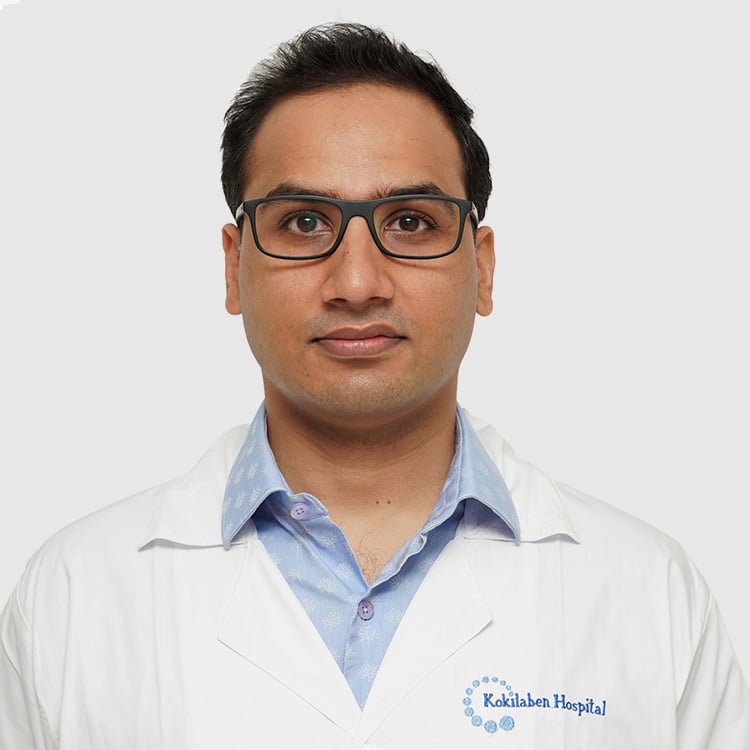Neuromodulation is the alteration/modulation of nervous system function by means of implantable devices or neural prostheses. It includes deep brain stimulation, spinal cord and peripheral nerve stimulation. This treatment modality involves implantation of devices in the body to either deliver electrical stimulation or drugs to treat symptoms of diseases not responding adequately to oral medicines or injectables.
Many conditions are treated, including movement disorders, epilepsy, pain, depression, spinal cord injury, headache, and spasticity. KDAH offers a wide range of neuromodulation therapies tailored to the patient’s disease and needs.
Deep Brain Stimulation (DBS) is a surgical therapy in which small electrodes are implanted at a designated site in the brain so as to treat the severely disabling symptoms of various diseases. This therapy is FDA approved for various movement disorders including Parkinson’s disease, Dystonia, Essential Tremors and Tourette’s Syndrome. The DBS surgery is also done for epilepsy not adequately controlled with medicines. Other “off-label” indications of this therapy are to improve wakefulness in minimally conscious state and vegetative states in patients with severe head injury and hypoxic brain injury. This therapy is also indicated in select cases of depression and obsessive compulsive disorder.
In cases of Central Post Stroke Pain (CPSP), formerly known as thalamic pain syndrome of Déjerine and Roussy and Atypical varieties of Trigeminal Neuralgia Motor Cortex Stimulation (MCS) is an “off-label” treatment option. MCS involves placement of electrodes on the surface of brain to control pain symptoms. This is a simpler procedure compared to deep brain stimulation. This treatment is usually reserved for select patients who have failed medications and other therapies for their chronic pain.
Severe spasticity (stiffness) is commonly seen due to stroke, spinal cord injury, cerebral palsy, head injury, and other less common conditions like multiple sclerosis. It is a debilitating condition that can be treated with Baclofen, a medication that is usually given orally to spasticity patients. When oral drugs are not effective or cause too many side effects, intrathecal baclofen therapy (ITBP) can help alleviate muscle stiffness and spasms.
The neurosurgeon implants the pump system under the patient’s skin, near the waistline with a tube connected to the spinal canal. Intrathecal infusion pumps administer high doses of baclofen directly into the spinal canal called the intrathecal space. Here the baclofen is 100 times more potent and has fewer side effects.
One-third of patients with seizures do not respond to a combination of drugs. Vagus nerve stimulation in such patients can reduce the frequency of seizures. The Vagus Nerve Stimulator (VNS) is a device implanted in patient’s neck which electrically stimulates the left vagus nerve. This electrical stimulation is passed on to the brain thereby decreasing the abnormal seizure activity in the brain. This is an FDA-approved device to treat epilepsy in select patients deemed fit by the neurologist and the neurosurgeon.
Chronic pain in the neck, back, arms or leg and pain syndromes like Failed Back Surgery Syndrome (FBSS) and Complex Regional Pain Syndrome (CRPS) are usually managed by non-surgical methods such as oral medications, injections and nerve blocks.
When these options fail and severe pain turns into a chronic condition, spinal cord stimulation becomes the surgical option for the patient. The procedure involves placing electrodes over the spinal cord which stimulate the spinal cord with electrical stimulation to control the pain sensation. It is a minimally invasive procedure, requiring a small incision over the targeted area. After this procedure, patients feel a tingling sensation in place of their pain.
Chronic pain can be a result of nerve injury, nerve entrapments, complex regional pain syndrome, occipital neuralgia and treatment resistant trigeminal neuralgia. Non-surgical methods like oral medications, nerve blocks and injections are the first line therapy for these pains. When the non-surgical therapies fail to improve patient’s symptoms, peripheral nerve and field stimulation (PFNS) is a surgical option.
Unlike spinal cord stimulation the electrodes are placed directly over the nerves under the skin. The electrodes are targeted at the region of pain using small incisions under local anaesthesia. The patient feels a tingling sensation in place of their pain.

Function preserving tumor surgery with IONM, Deep Brain Stimulation Surgery, Peripheral Neuromodulation for pain and spasticity, Epilepsy Surgery